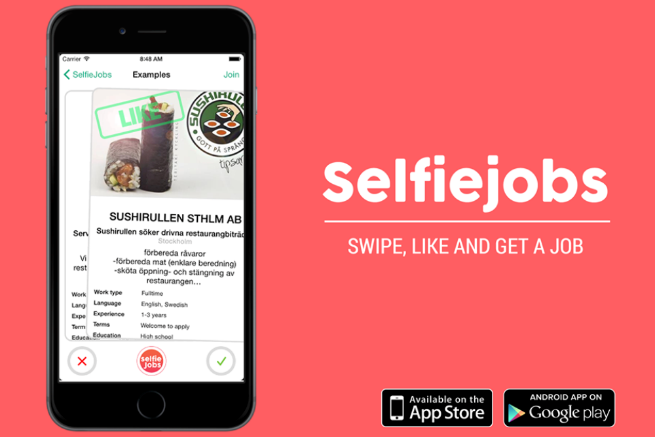Let’s talk about sextech and how it’s redefining the communications industry
I recently watched The Drum’s documentary “The Big Turn On”, which talked about the fast-growing “sextech” industry and it got me thinking and reading more about what a powerful driver sex has been in developing innovation in the communications industry.
What is sextech, I hear you ask. Just like fintech and edtech, sextech is a technology-driven way to innovate and disrupt in every area of human sexuality. You just need to search #sextech on Twitter to get a sense of the exciting things happening in the space. Because it faces such a unique set of circumstances, limitations and stigma, it’s often at the very forefront of innovation. Innovation that gets picked up in other industries.
This brings us to dating app Tinder, already an everyday and normalised part of our society. You probably don’t think of a hook-up app as a marketing channel, but it wasn’t long ago that people rolled their eyes at the thought of Facebook or Twitter for marketing.
Tinder is a location-based dating and social discovery application that facilitates communication between mutually interested users, allowing them to anonymously like another user by swiping right or rejecting them by swiping left. If two users like each other it then results in a “match” and they are able to chat within the app. And just like that, we are seeing the concept of swipes and matches already entering the lexicon of social commentary in popular films, and in TV shows and commercials.
Many popular social platforms introduced modes of engagement and behaviour that are now second nature. Tinder is seeing similar effects, but it’s all happening much more quickly.
SelfieJobs is a recently launched career app that job seekers can use to search for jobs, and companies can use to look for suitable candidates. Just like Tinder, a “like” on both sides is sufficient for an employer and potential employee to get in touch. And, again just like Tinder, the mechanic works the same: profiles are swiped to the right to indicate interest, and to the left if rejected.

Link: http://cdn.psfk.com/wp-content/uploads/2016/02/selfiejobs-ad.jpg
That’s sextech in action.
I don’t find it surprising that international brands such as Domino’s Pizza and Bethesda have been running campaigns on Tinder. Over 500 million estimated users who check their accounts an average of 11 times a day is nothing to be sniffed at.
Aside from offering direct access to a large millennial audience, there are a few reasons Tinder is a compelling channel for marketers.
First, not many companies are marketing on Tinder, so users are more likely to engage with the few campaigns they do come across. Once the app establishes a formalised advertising program, users will likely become more practiced at tuning out ads.
Second, brands that advertise through fake profiles have users’ undivided attention. Once a user swipes right, the campaign occupies his or her entire mobile screen, and that’s all they’ll see until they swipe left. This is a more focused user experience than those offered by most of the other social platforms.
So you can either get hung up on the fact that sextech is about – gasp! – sex, or you can embrace 2016 in all its promiscuity.

Written By: Ines Schumacher
Find Out More
-
Digital Insights Bulletin - October 2024
October 31, 2024
-
Sharon Piehl Wins 32nd Annual John D. Graham Award for Excellence
October 25, 2024
-
Digital Insights Bulletin - September 2024
September 30, 2024


